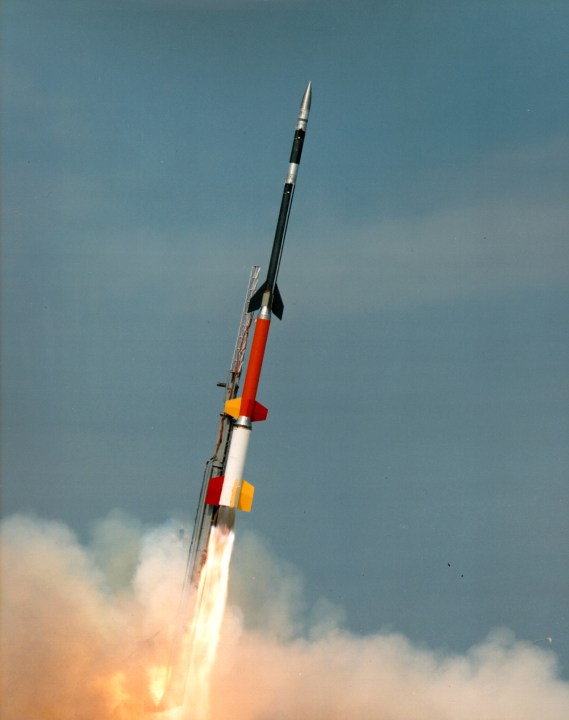
Tonight, NASA will be launching a research rocket from the Wallops Flight Facility in Virginia, and people living in eastern parts of the U.S. and Bermuda may be able to see the rocket on its ascent if they look to the skies at the right time.
A Black Brant XII sounding rocket will be launching just after 8 p.m. ET on Sunday night and will release two clouds of barium vapor to track the magnetic field lines around our planet as part of the KiNet-X mission, or KiNETic-scale energy and momentum transport eXperiment. KiNet-X will look at how energy is passed between regions of space, such as in auroras which are created when particles from space interact with magnetic fields of our atmosphere.
How to watch the rocket launch
The launch of the Black Brant XII could be visible across parts of the U.S. and Bermuda, depending on visibility due to weather. NASA has produced an image showing when the rocket might be visible following its launch at 8:03 p.m. ET on Sunday night. It might even be possible to see vapor being released from the rocket, which will happen between 9 and a half minutes and 10 minutes after the launch time.
“A four-stage Black Brant XII rocket will be used for the mission that includes the release of barium vapor that will form two green-violet clouds that may be visible for about 30 seconds,” NASA writes, and it also reassures the public that, “The barium vapor is not harmful to the environment or public health.”

If you live elsewhere in the world, or if the weather is cloudy tonight, you’ll still be able to follow along with the mission by watching it online.
NASA will be streaming the launch on the Wallops website, which will show coverage of the launch beginning at 7:40 p.m. ET tonight, Sunday, May 9.
Editors' Recommendations
- SpaceX all set for a record-breaking rocket launch on Friday
- How to watch three crew members launch to the ISS on Thursday
- SpaceX’s stunning Starship photos show launch rehearsal
- How to watch NASA and SpaceX launch a private lunar lander mission this week
- How to watch NASA launch its newest ocean and atmosphere observation satellite tonight




